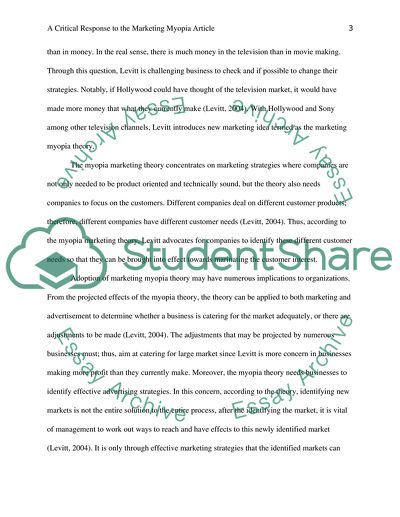Cite this document
(“A critical response to the Marketing Myopia article Assignment - 1”, n.d.)
Retrieved from https://studentshare.org/marketing/1607191-a-critical-response-to-the-marketing-myopia-article
Retrieved from https://studentshare.org/marketing/1607191-a-critical-response-to-the-marketing-myopia-article
(A Critical Response to the Marketing Myopia Article Assignment - 1)
https://studentshare.org/marketing/1607191-a-critical-response-to-the-marketing-myopia-article.
https://studentshare.org/marketing/1607191-a-critical-response-to-the-marketing-myopia-article.
“A Critical Response to the Marketing Myopia Article Assignment - 1”, n.d. https://studentshare.org/marketing/1607191-a-critical-response-to-the-marketing-myopia-article.


